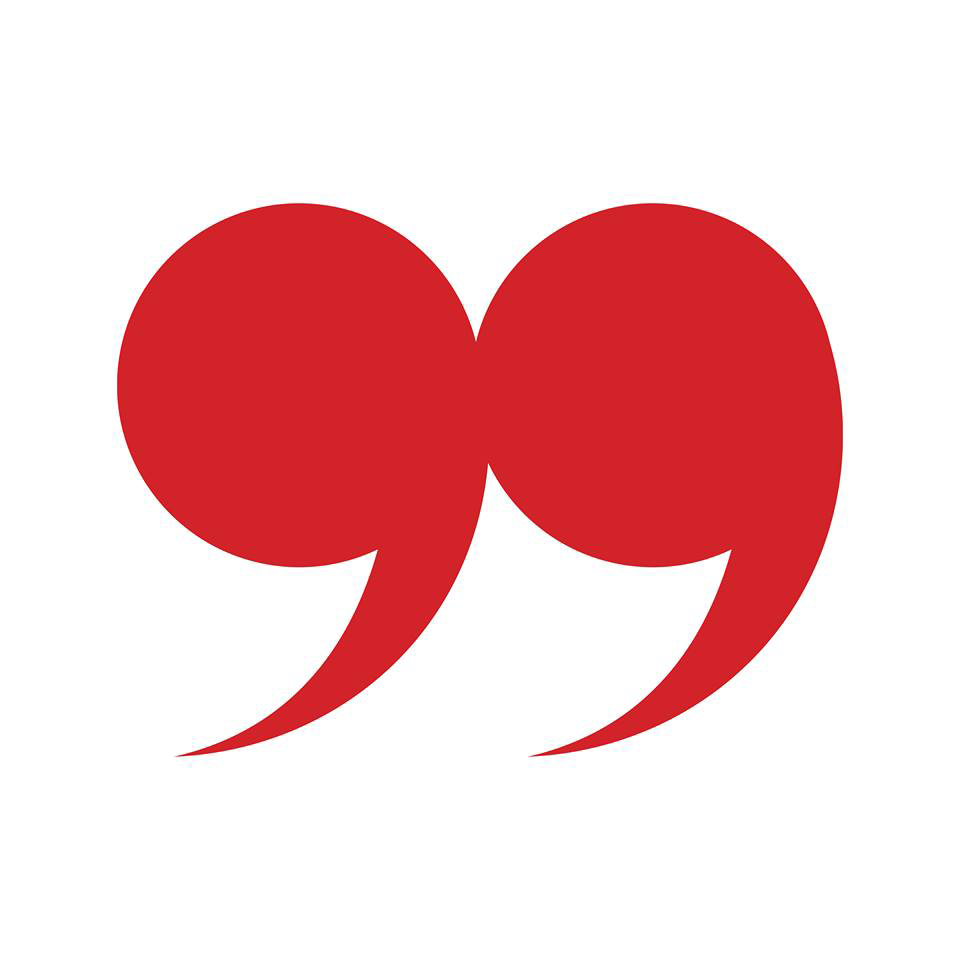
[ad_1]
The union objects to the decision for two reasons, the first is that it was issued without expressing its opinion and the second is that “it was not based on a detailed study of the needs and prices of milk production,” according to the president of the Omar Khair al-Jarrah union. These two details make the decision “void”. For this reason, the Union developed its defense plan for the “profession”, which began the day before yesterday with a meeting with the Minister of Agriculture, Abbas Mortada, to present a detailed study on the cost of milk production. During the meeting, the dairy farmers drew up a list of the materials used in the production process and estimated the cost of one liter of milk. The list includes “feed, feed additives, veterinary drugs, vaccines, disinfectants, and imported selections that are turned into dairy cows.” All of these, according to Al-Jarrah, “are priced in US dollars, as most are imported.” Despite the fact that the feed is included in the basket of subsidized foods, the subsidized feed has not yet reached the majority of farmers, who still buy corn, soy, barley and other fodder at the black market exchange rate. Consequently, the union estimates that the cost of producing a liter of milk is twice that of the ministries of economy and agriculture. According to the union, the cost of producing a liter of milk is 2,850 pounds on the farm, provided it is delivered to the factory at 3,050 pounds. This cost “does not include the replacement cost of the herd, which represents 1.5% of the number of the herd per month,” according to the union’s statement.
The point of disagreement between the three parties is how to calculate the price of a liter in pounds. In US dollars, the price per liter is 60 cents, and the initial agreement was to set a price of 33% based on the exchange rate approved by the Banque du Liban in a range of 3,900 pounds and 27% based on the official exchange rate of 1,500 pounds. The crisis here is that “the price of 1500 has become impossible with the exchange rate exceeding seven thousand pounds”. Therefore, the union requests the amendment, so that it becomes 33% based on the parallel market exchange rate, and then “the price of a liter of milk becomes 2500 pounds, and we can negotiate the price”.
The other expected problem is the step that factories have not yet taken to raise the price of their products to match the price of 3000 pounds per liter they receive from farmers. When farmers delivered milk to factories at £ 950, the latter raised their prices by 100-120%. Therefore, fear of the following, if you decide to raise prices in proportion to the price of milk, that is, by 300%, which is what the owner of one of the main factories was implying. So consumers will pay the price, as always.
The Cattle Breeders Union estimates the cost of producing a liter of milk at double the ministry’s price.
Discord grows today. Neither breeders can give up what they consider their rights, after milk production has ended at 250 tons per day from 700 tons, nor can ministries clarify the support mechanism, especially in light of the unstable exchange rate and the merchants’ control over the materials in the support basket. And although the Ministry of Economy denies its responsibility with regard to the setting of prices, noting that “the role of the ministry is only framed in the control of the fixed price”, according to the Director General, Muhammad Abu Haidar, the Ministry of Agriculture still has not taken any “corrective” action, which exempts Citizens support the price difference. What the Ministry of Agriculture has done so far is to make an orphan decision related to “the written notification of the Ministry of the name and address of any institution whose owner does not deliver the subsidized forage to farmers so that they can refer it to the Public Finance Ministry for to take the necessary legal measures against him. “
So far, there are no solutions, while the exchange rate counter is going up and is calculated from the pocket of the citizen. The evidence is only the varieties of dairy products that have increased exponentially since the beginning of the crisis.
Subscribe to «News» on YouTube here